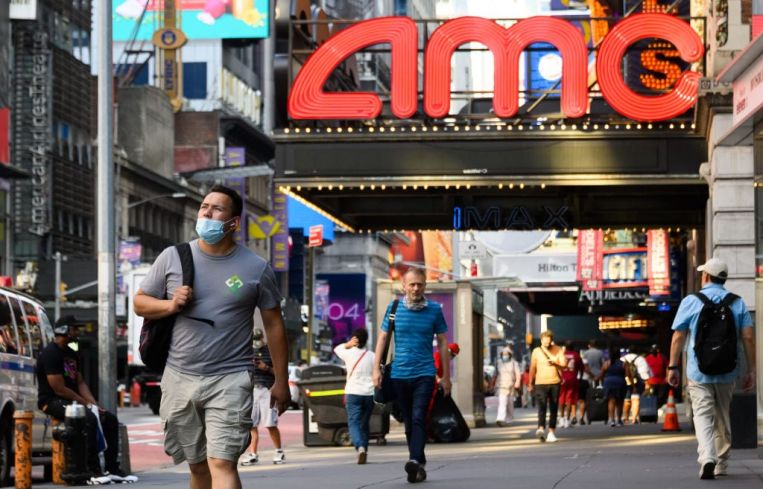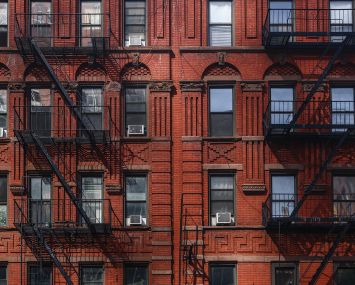US Retail Rent Collections Return to Near Pre-Pandemic Levels
By Celia Young April 21, 2021 1:22 pm
reprints
Retail rent collections improved nationally last month, nearing the benchmark of recovery and marking a stark return from coronavirus pandemic drops.
Nationally, retail rent collections stood at 87.73 percent of total rent owed in March, just shy of the 90.94 percent from the same time last year, before the pandemic began, according to a report from data portal Datex Property Solutions. The share of the monthly rent that national chains paid in March was within 2.63 percentage points of pre-pandemic levels, followed closely by local tenants at 3.79 percentage points.
Pent-up consumer demand coupled with the March coronavirus relief package, which provided up to $1,400 for most Americans and extended emergency unemployment benefits, likely helped spur a return to pre-pandemic levels, according to Datex.
“The consumer is really primed to jump back into retail,” Datex CEO Mark Sigal told Commercial Observer. “More so than anything, getting the vaccine at scale enables the country to reopen. It’s like oxygen in a room … And there is a tremendous amount of accrued consumer capital because we didn’t travel during the holidays. We didn’t have the normal spending patterns.”
Rent collections for fitness centers, movie theaters, restaurants and hair salons still remain down from last year, but most saw serious improvement. In March, movie theaters had just over 50 percent of their rent collected, an increase of about 7 percentage points from January, according to Datex.
Meanwhile, apparel, banking and beauty products actually saw rent collection figures exceed pre-pandemic levels, according to Datex.
Between February and March, movie theaters and fitness chains had the greatest increases in rent payment. Rent collections for fitness centers was up 15.2 percent in March compared to February, while movie theaters had a more substantial comeback with a 92.26 percent increase.
Home goods, drug stores and shoe stores saw the biggest drops month to month, but none saw more than a 5 percent decrease in rent collected.
Sigal expects the improved rent collections to accelerate across the board, as the pace of vaccinations continues to grow and consumers begin to venture out and spend money on travel, dining, clothing and other goods.


